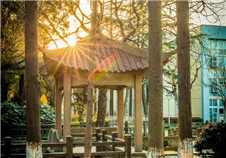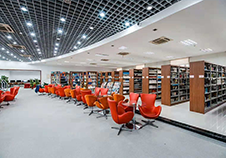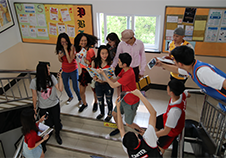
News
Grade 9-12: Mole Week
To commemorate the 150th anniversary of the discovery of the periodic table, SHSID held its annual Mole Week.
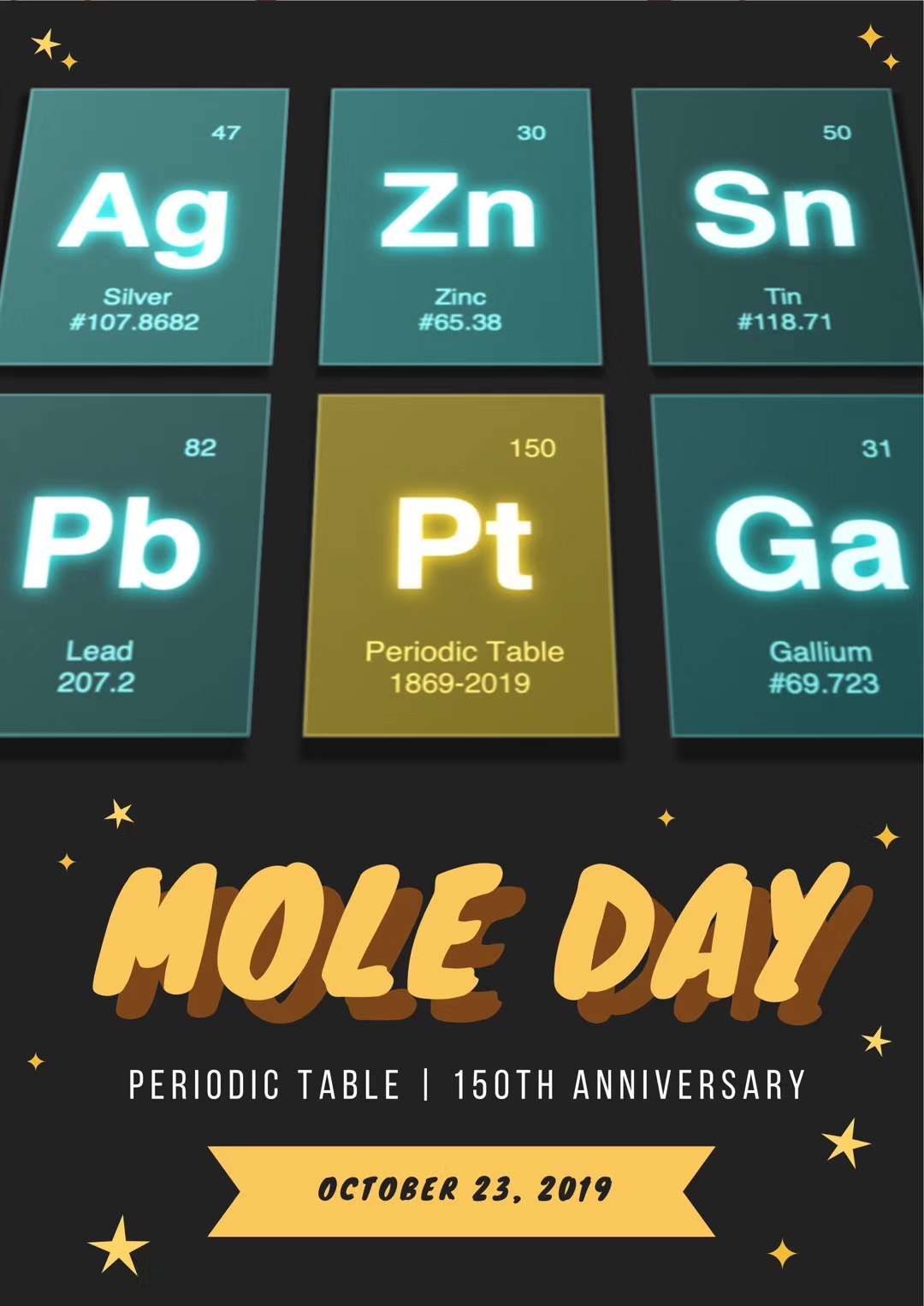
Activity 1: What do you want in 2030?
On October 21, we were honored to have Dr. Yan Zhu from Shanghai Baoshan Center for Environmental Education to give a speech on Sustainable resources (SDGs) for the 10th graders. In the beginning of class, she introduced the story of how she got connected to environmental issues to inspire students’ interest. After learning about the students’ understanding of SDGs through a small interaction, she began to talk about the three most important sustainable resource goals: environment, economy and society, which are further divided into 17 small parts, 169 goals and 230 indicators. In order to help the students develop a better concept of these goals, Dr. Yan Zhu quickly reviewed their history and began an interactive activity. She divided the students into groups of 5 or 6 and asked them to imagine their careers in 2030. Every student was asked to choose one of the 17 small parts and use it to prepare a speech related to their future careers and the article given.
Activity 2: Artwork
When students stepped into the new Zhentao Building on October 21, they discovered that the hallways and the chemistry classrooms were decorated with artwork by their fellow classmates from grades 9 and 10. Every element seems to be alive; the pieces of artwork on the hexagonal papers are beautiful and impressive. Taking a closer look, not only are the elements and their chemical symbol present, but also their backstories. The accomplishments of these chemists and their hard work motivate students to try harder on a daily basis, aiming to achieve such goals one day as well. In the chemistry classroom, the sketches done by students were placed in chronological order, magnifying the beauty of chemistry.
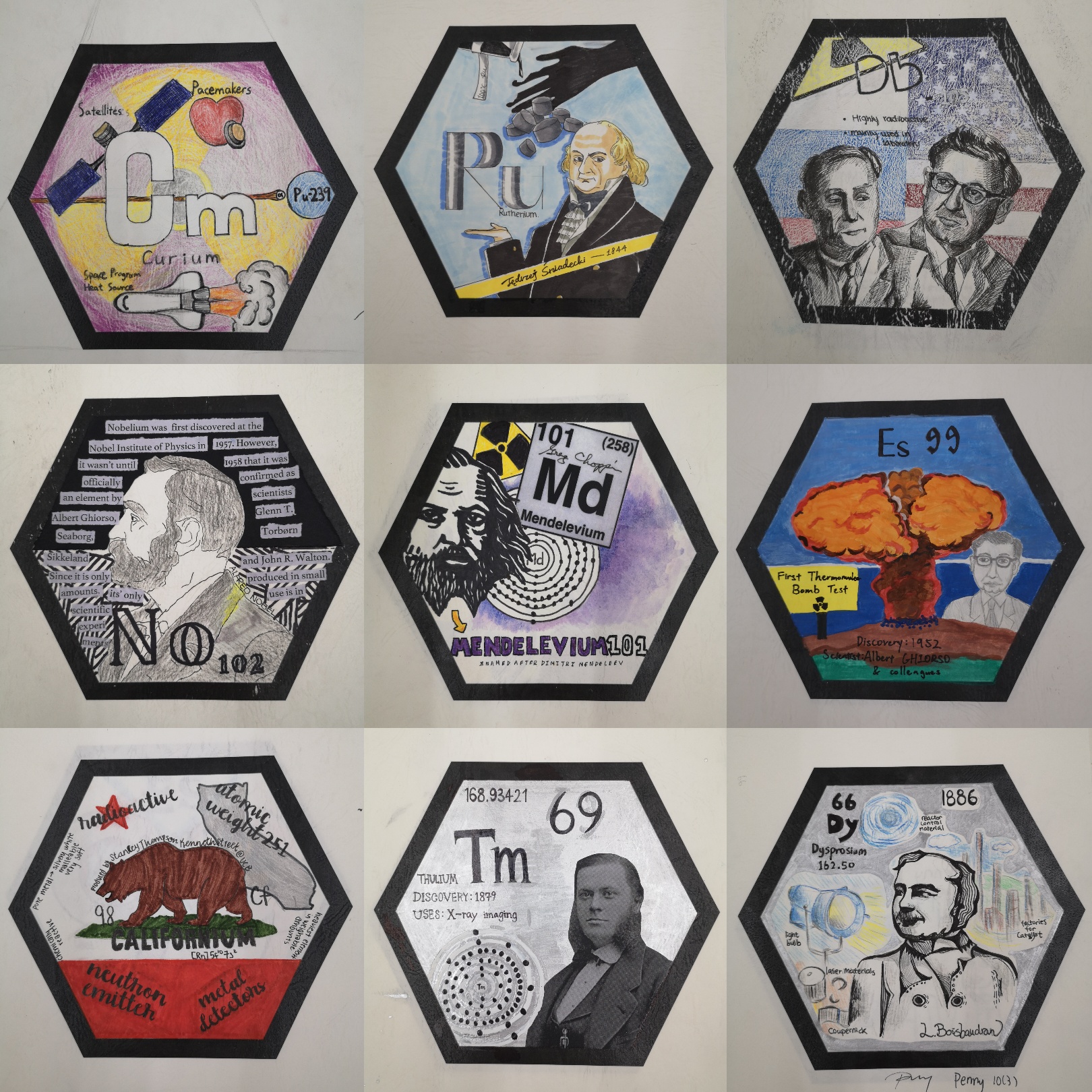
Activity 3: Chemistry Knockout
During lunch break on October 22, many high school students crowded into a bright and open classroom, enthusiastically anticipating the elimination rounds of the Chemistry Knockout, eagerly hoping that they would be able to shine among the other talented contestants. The elimination round was conducted via paper test, focusing on the Mole Day theme—the periodic table and green energy. The students who were participating wrote their answers fervently on their answer sheet, rushing to get a top score. The top scorers were selected to be in the final rounds the next day.
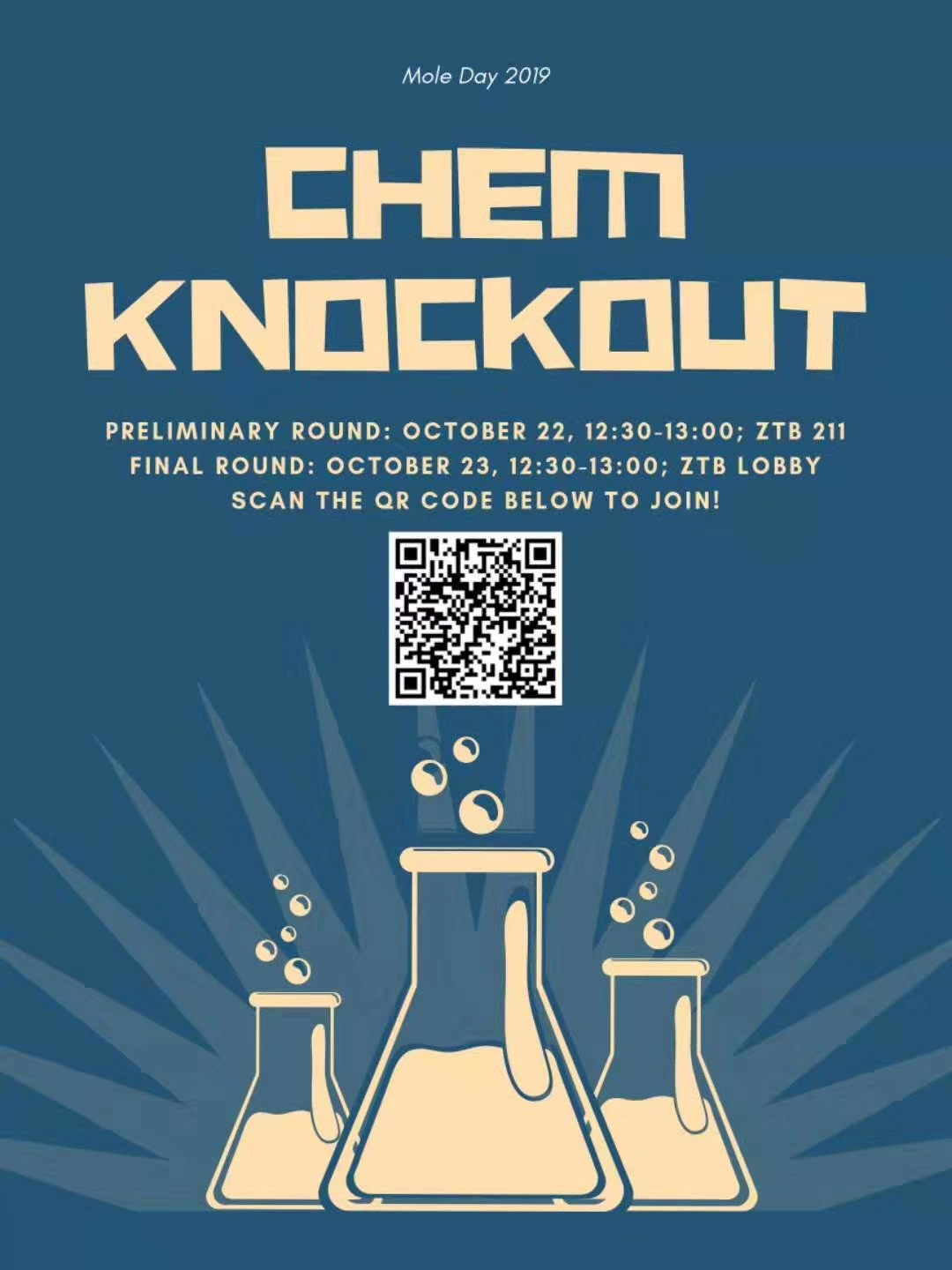
Activity 4: Mole Day
During lunchtime on October 23, students were welcomed to attend the annual Mole Day events. On this sunny afternoon, many booths were set up at the entrance of the ZhenTao building. There were a variety of cool chemical experiments on display, ranging from helium balloons and fruits that extract DNA genes to roasted marshmallows and invisible ink made from lemonade. However, the most eye-catching experiment turned out to be the elephant toothpaste activity. After the excited chemists added a little tube of chemicals, foam rapidly rose out of the main barrel, looking very column-like—as if it were giant toothpaste. These activities not only allowed students to understand the chemical principles behind the experiments, but also increased their interest and appreciation for the beauty of chemistry. Participants were also allowed to redeem beautiful gifts by completing experiments with vouchers or by finding elemental cards that were hidden throughout the building. Mole Day also hosted three beautiful chemistry-related song performances sang by the chemistry community members. At the height of the event, students who had excellent chemistry projects this semester were presented with awards, which inspired the many onlookers to also share in their love of chemistry. When the bell rang, the Mole Day event drew to a close, and most students left with prizes and more knowledge surrounding the fascinating field that is chemistry. The success of this event was possible only with the hard work of the many chemistry society members and teachers who made this Mole Day such a delightful experience.
Activity 5: Lecture about Computational Chemistry
On October 24, Professor Xiaoming Cao from East China Normal University delivered an engaging lecture on computational chemistry in the XMT annex. Approximately 50 SHISD students attended. Despite being an emerging field of study only a few years ago, computational chemistry has become increasingly important in the era of big data. During the lecture, Prof. Cao pointed out that breakthroughs in computer science have greatly facilitated the development of computational chemistry—with the help of highly sophisticated computer programs, chemists are now able to perform complex chemistry simulations faster and more efficiently, paving the way for further breakthroughs in theoretical chemistry. He also provided fascinating animations and videos to demonstrate how scientists utilize computer programs to create complex chemical models of the structures of molecules, etc., giving us a clearer picture of the powerful computer simulation program. This informative yet insightful lecture helped us appreciate the beauty of chemistry from a completely different perspective. The SHSID students gave Prof. Cao several rounds of applauses to express our gratitude.
Activity 6: Visit to Shanghai Chemical Industry Park
On October 23, 17 students from grades 9 and 10 went to Shanghai Chemical Industry Park to experience a one-day internship. Firstly, the staff brought the students to a museum explaining the history of the Shanghai Chemical Industry Park and its basic working mechanism. Because chemicals react easily with the outside environment during transportation, long-distance transportation of these chemicals reduces productivity and increases production costs. To enforce productive efficiency, this industrial zone was built at the end of the twentieth century to centralize production. When the staff gave examples of the products produced at the park, the students found that many of them are closely related to their daily life. The staff also mentioned the plantation of green belts in the park: apart from their basic function of mitigation of pollution, they have also led to a spectacular level of biodiversity. The staff then took the students to a factory where butyl is produced. There, students witnessed the production process of rubber-based chemicals. Many commodities, such as washing powder and glue, are synthesized in this factory.
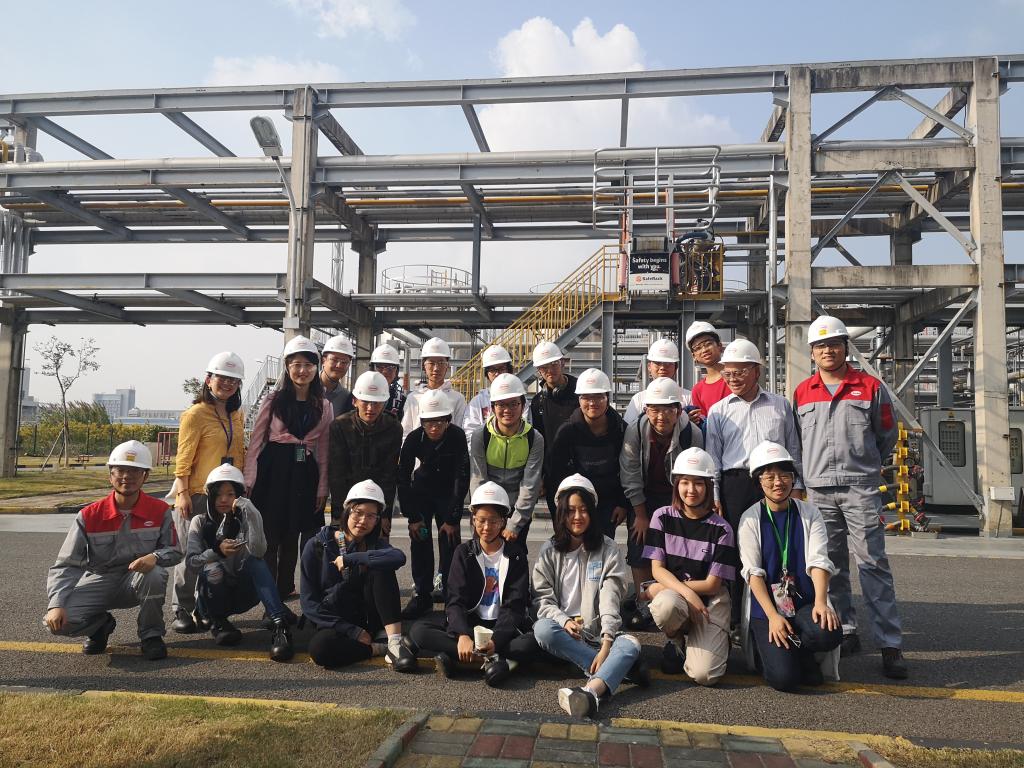
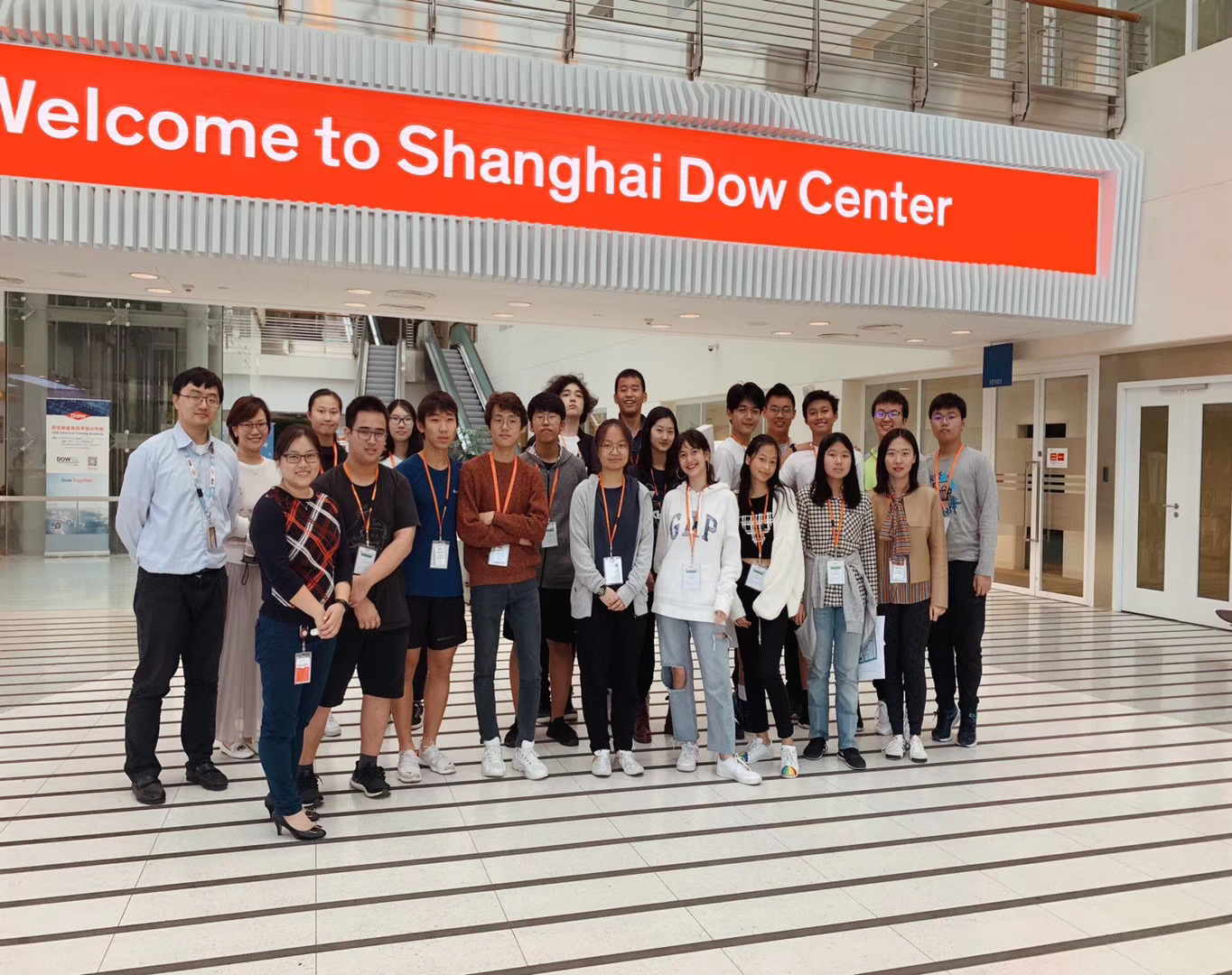
Activity 7: Visit to Dow Chemical
On October 24, 9th and 10th grade students from SHSID went to Dow Chemical’s Asia-Pacific headquarters in Shanghai for a job-shadow day experience. Students as well as teachers were greeted by Ms. Rita Wang, who is a part of the supply chain marginal team for Dow Chemicals. Ms. Wang first gave us a brief overview of the company and then welcomed other volunteers from the company to give us insight on what the company is about, how it functions, and its main beliefs and objectives for the future. Then, students were given a tour of the company, and they saw the locations where the research, analysis, and experiments take place. More volunteers from each of the different fields explained how and what they do, as well as how they contribute to the company as a whole. Students were amazed and deeply impressed by this experience, since they learned the history of the company, its central nodes and beliefs, and how it maintains its sustainability by being eco-friendly and reducing as much waste as possible. This job-shadow day at Dow taught students the significance of working hard and giving contributions, but mostly, it taught students the importance of collaboration with others. If there wasn’t teamwork, then nothing would ever be done, since new inventions and innovative ideas are often attributed to a joint effort.
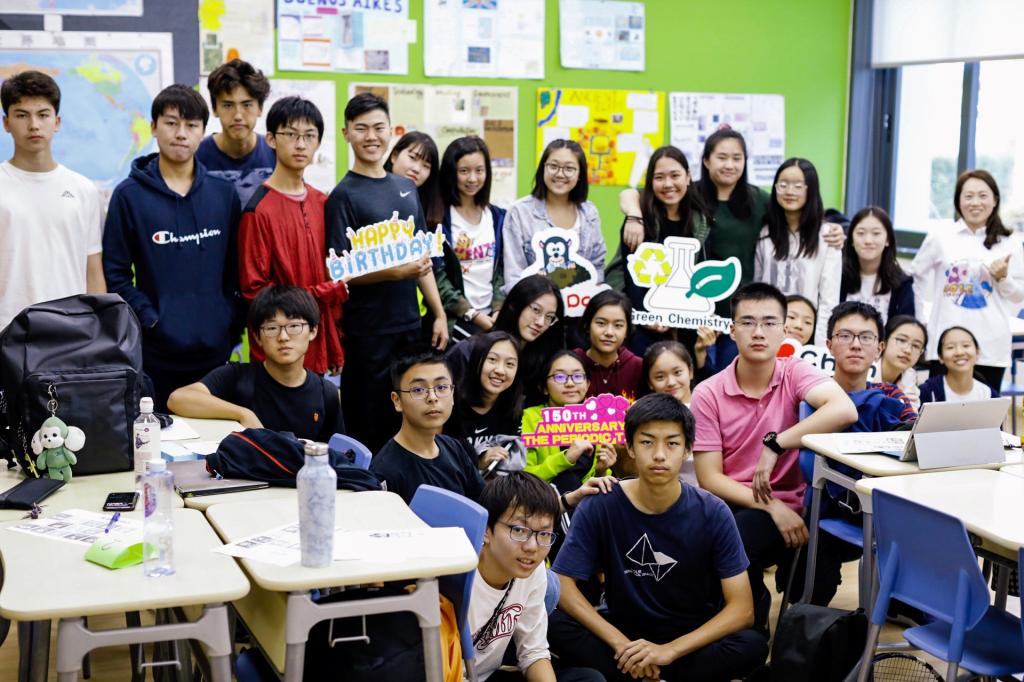
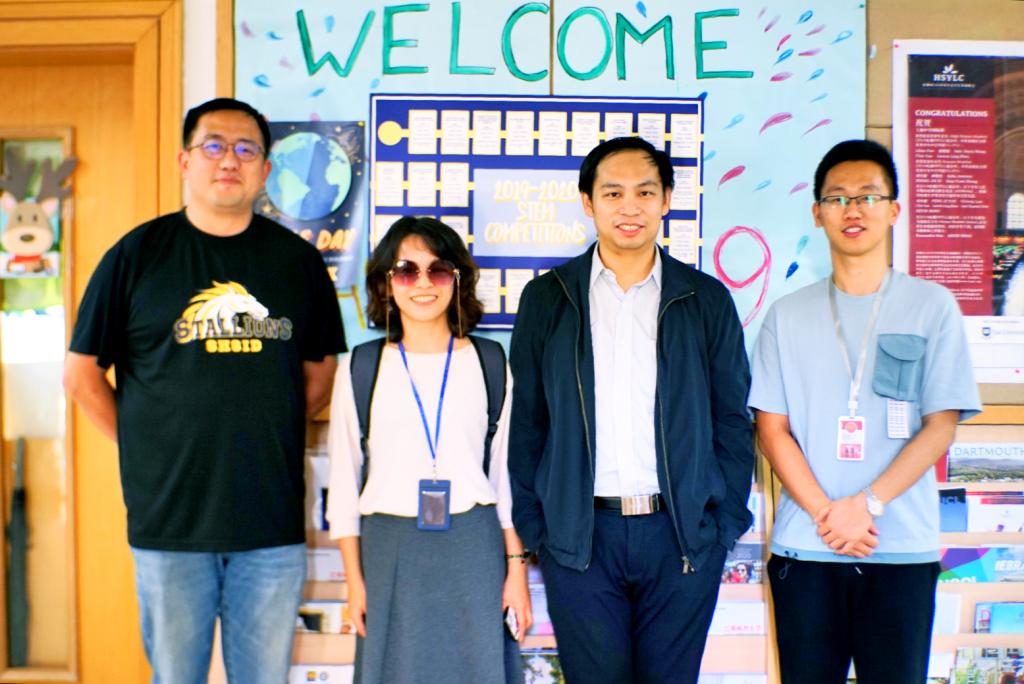
(Written by Jessica Yu, Cathy Wang, Jessie Wang, Matthew Li, Elina Jin, Maureen Wu Pictures by Yu Zhen & Sun Hao Supervised by Xie Junyu)

